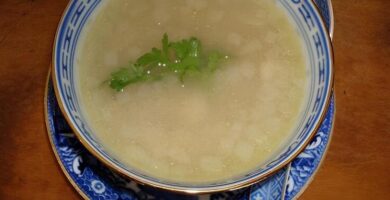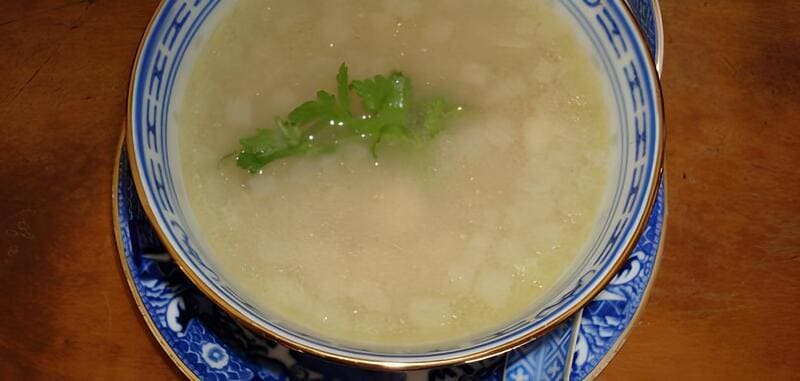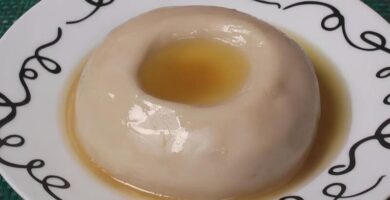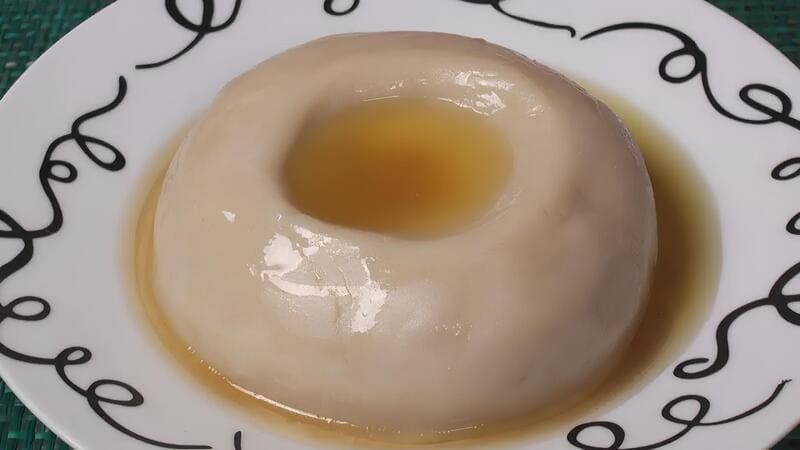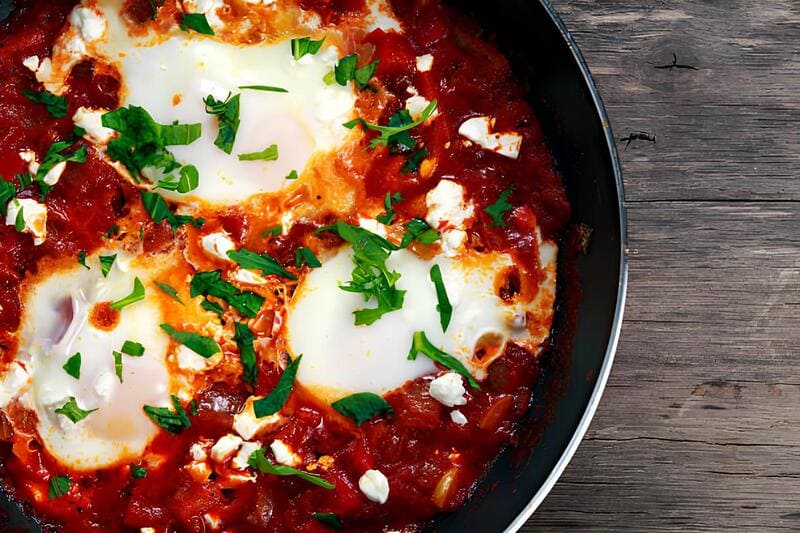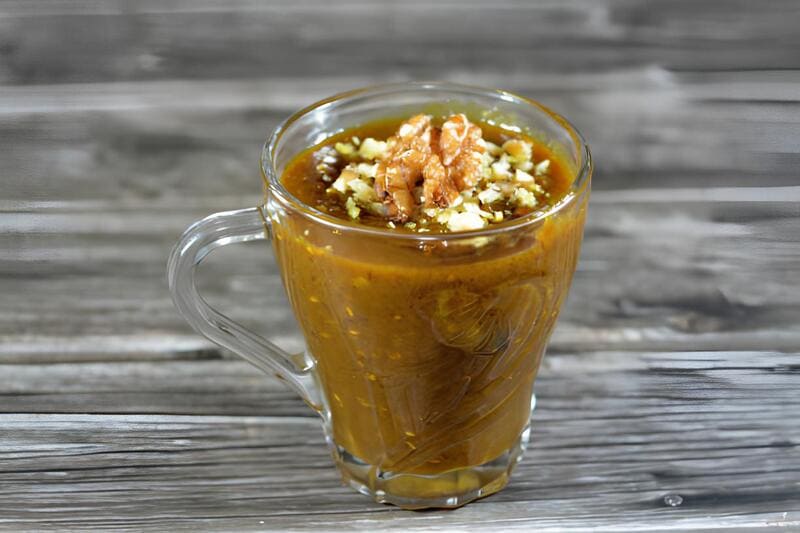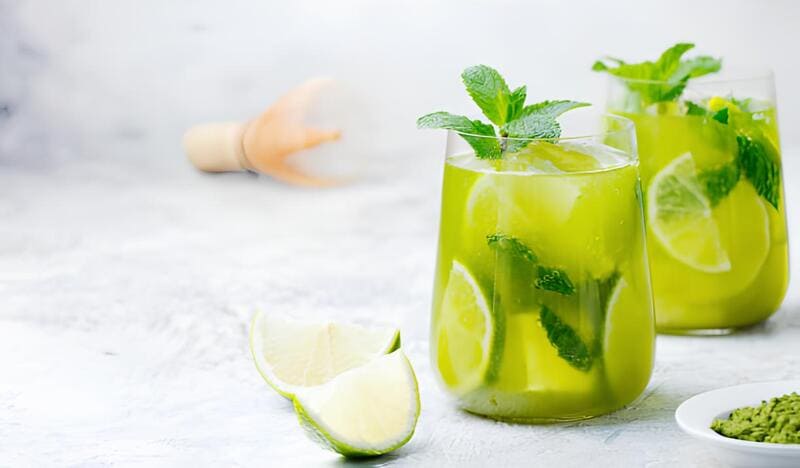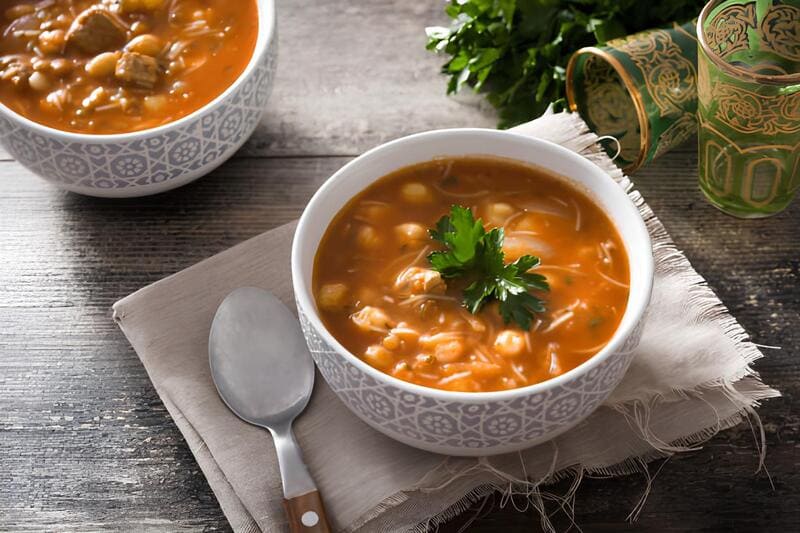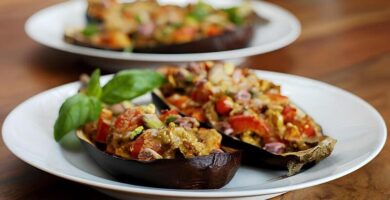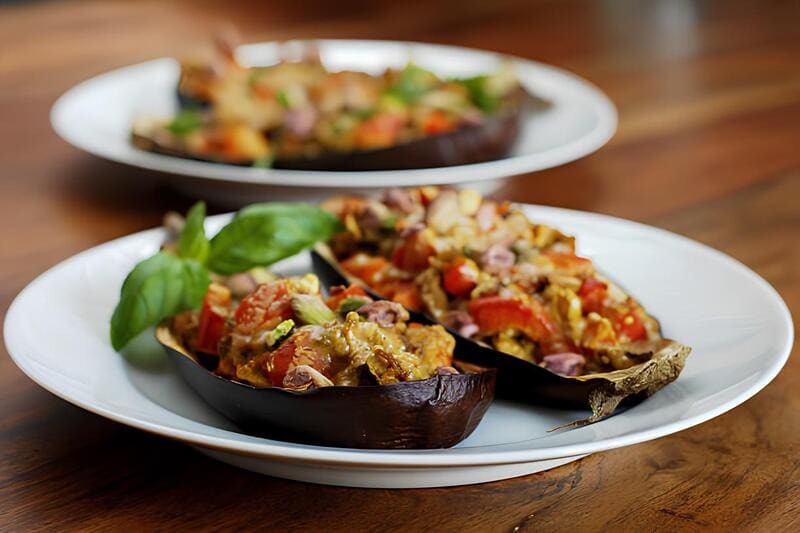
In Egyptian culture, mint tea is more than just a beverage; it’s a symbol of hospitality and a daily ritual. This aromatic drink, often served at social gatherings, provides a refreshing yet soothing experience. Combined with green tea, mint tea offers not only a pleasant taste but also a wealth of health benefits.
Mint tea is known for its digestive properties and cooling effect, perfect for the warm Middle Eastern climate. The infusion of spearmint with green tea creates a harmonious blend that is both invigorating and calming. Its balanced profile makes it a popular choice in many Arabic households. Let’s dive into how to make this delightful Egyptian tea.
Ingredients
- 1.5 tablespoons green tea leaves
- 1 bunch fresh spearmint leaves
- Sugar (to taste)
- Boiling water
Preparation
- Place 1.5 tablespoons of green tea leaves in a teapot.
- Pour boiling water over the tea leaves to wash them, then discard the water.
- Fill the teapot halfway with boiling water, place it over medium heat, and let it boil for 5 minutes.
- Pour half of the tea into a serving jug and keep it aside.
- Add more boiling water to the teapot with the remaining tea leaves, return to heat, and let it boil for another 3 to 5 minutes.
- Repeat the process of adding water and boiling once more for a total of 2 to 3 repetitions.
- Adjust the tea strength by combining the boiled tea from the serving jug and teapot to your preference.
- In a cup, add 1.5 teaspoons of sugar (or to taste) and pour in the tea, mixing well to dissolve the sugar.
- Finally, lightly crush the fresh spearmint leaves in your hand and add them to the tea, ensuring they are fully submerged to avoid oxidization.
Did you know?
Mint tea, also called “Shay bi Nana” in Arabic, is an integral part of North African and Middle Eastern cultures. Not only is it delicious, but it also raises questions about its properties, like “does mint tea have caffeine?” While mint itself is caffeine-free, the inclusion of green tea adds a mild stimulant effect, giving you a gentle energy boost without the jitters associated with coffee.
Known for its numerous health benefits, mint tea aids digestion, reduces stress, and can act as a mild sedative, helping you to relax. Spearmint, one of the key ingredients, boasts antioxidants that contribute to overall health. In traditional medicine, it’s used to soothe ailments ranging from indigestion to headaches.
Interesting to note, the ritual of pouring tea from a height to create foam is not just for show; it aerates the tea, enhancing its flavor and aroma, making it not only an easy but also a truly enjoyable experience.



